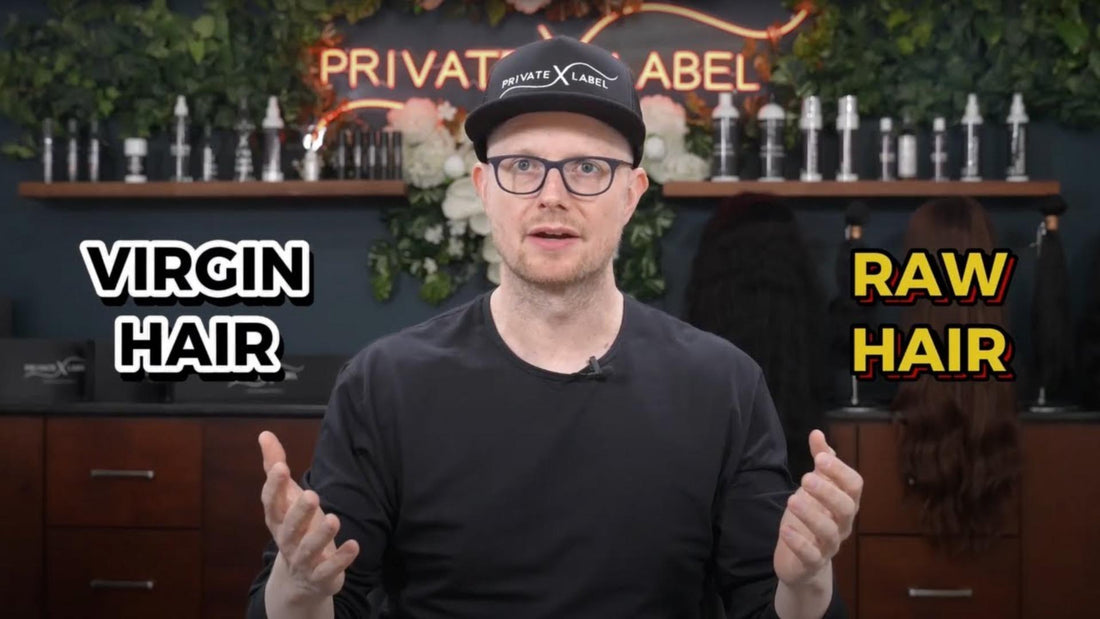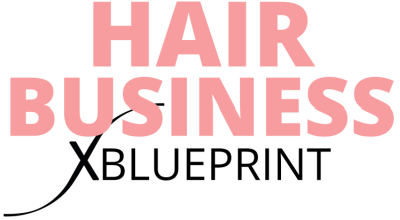
Raw Hair Vs Virgin Hair: What's The Difference?
Share
I know it’s sometimes you hear terms in the hair industry that sound like it’s derived from some Game of Thrones language.
I have been in the industry for over a decade now.
The grading system changed massively, the vendors kept changing the weights of the bundles for extra profit, and a lot of selling terms were invented to sell more hair to uneducated audiences.
But there are two main types you need to know everything about.
As you’re the next hair business entrepreneur, I will teach you about them today.
Virgin Hair Sources
Virgin hair is sourced mainly out of India, Mongolia, and Burma and then sold to China for manufacturing.
Its common name is fallen hair referring to the storing and collecting style of it.
Virgin Hair Features
Virgin hair can endure humid environments unlike raw hair when it can act all frizzed up as it’s more natural.
Virgin hair performs well when colored and styled.
Unless it was pre-colored to 1B natural black or a number 1 jet black, in this case, the bundle can’t be dyed.
That indicates it came from a lower raw quality hair of mixed colors. Or a donor dyed her hair with unusual color. Which makes it the cheapest human hair to buy.
Also, it adapts to heat for curls. It’s easy to find and very cost-effective.
A term to know is:
Cuticle: The cuticle is the outermost part of the hair shaft. It’s formed from dead cells and overlapping layers, forming scales that strengthen and protect the hair shaft.
Virgin hair begins with the cuticles not aligned, which will cause the hair to tangle.
To fix this problem, the hair is soaked in a solution that softens the hair and makes the cuticle flexible.
A machine is then used to realign the cuticle, so they all face the same direction. Having the cuticles facing all in the same direction is called Remy Hair.
The process of aligning the cuticles to make virgin hair should just be considered a budget version of real Remy Hair.
Factories used to make acid baths for hair, but this method is out of date now because it’s harsh and very damaging to the hair, and surprisingly gives it a corn chips smell.
Virgin Hair Testing
If you take a bundle of virgin hair, wet your fingers, and then apply pressure to the hair while moving up the bundle, you will only notice a small amount of cuticle.
The lack of cuticles is also because many cuticles are stripped during the alignment process.
Stripping the cuticle, similar to aligning, will help reduce the chances of hair tangling.
But it also reduces the hair's ability to curl for an extended time and also affects the hair coloring process.
Raw Hair Sources
The sourcing process mostly involves rubber banding women’s hair and then cutting it off as a ponytail.
That keeps all the cuticles facing the same direction resulting in a natural Remy Hair.
It’s hard to source and hard to find which justifies its price.
So, don’t believe if you encounter single donor hair, you won’t find it unless it’s a very rare expensive occasion.
I get them from only trustworthy manufacturers but rather than that it’s just a marketing tactic.
Raw hair often comes mixed, shackled, and wafted.
It’s mostly sourced from the temples of India, where women sacrifice their material beauty held in their hair.
They literally call it black gold for how much it generates profit for India.
Alongside India, there are also Vietnam, the Philippines, Mongolia, and China.
Yeah, no hair comes from Brazil, but they don’t tell you, so you still buy it.
Raw Hair Features
Its fantastic curl lasts for ages with proper care.
Higher quality and longer lasting, it might be the most expensive type of hair. But customers tell me they have been using the same for different sew-in styles over the years.
It can be colored blonde, even platinum blonde when colored professionally.
Raw Hair Testing
You have to know if black is its original color or did it is dyed to look this way.
Weight is also a factor, bundles are mostly around 100 grams, and they shave off up to 5 grams.
Why?
It adds up, when you’re a big factory, shaving off 5 grams of a thousand bundles can make an extra 500 bundles that can earn an additional profit of $20,000.
The single donor hair we sell in Private Label can sometimes vary, as it’s customized for celebrities, and it ranges from 50-inch to 70-inch which makes it around 250 grams.
10-inches bundles cost less than 30-inch bundles, as the longer the hair, the more time and care it will need to grow.
That’s why when hair reaches 26 inches the prices increase more for every 2 inches.
Straight and body waves are going to cost less until you add more curls to make it deep and Spanish waves become more expensive.
Until ultimately the kinky and afro waves are going to the most expensive bundles due to their complicated textures. Even the kinky straight style.
The last factor is the hair ratio.
A little term to memorize is
Double Drawn: which means a higher ratio of long strands till the full length of the bundle.
There is no specific ratio, so, make sure to test it yourself.
The higher the ratio, the less you’ll have flyaways, or use the amazing Private Label Coconut Wax Stick.
So, hold the top and the bottom of your bundle, then shake it to see the short hair fly off the bundle.
For extra assurance, hold it and move slowly to the end to get a feel of the hair, if it’s full and consistent till the end. That makes it a good bundle.
Finally, look for filler hair, which is synthetic hair used by the manufacturer to finish the bundle. We iron it out with heat but make sure to try it for yourself.

